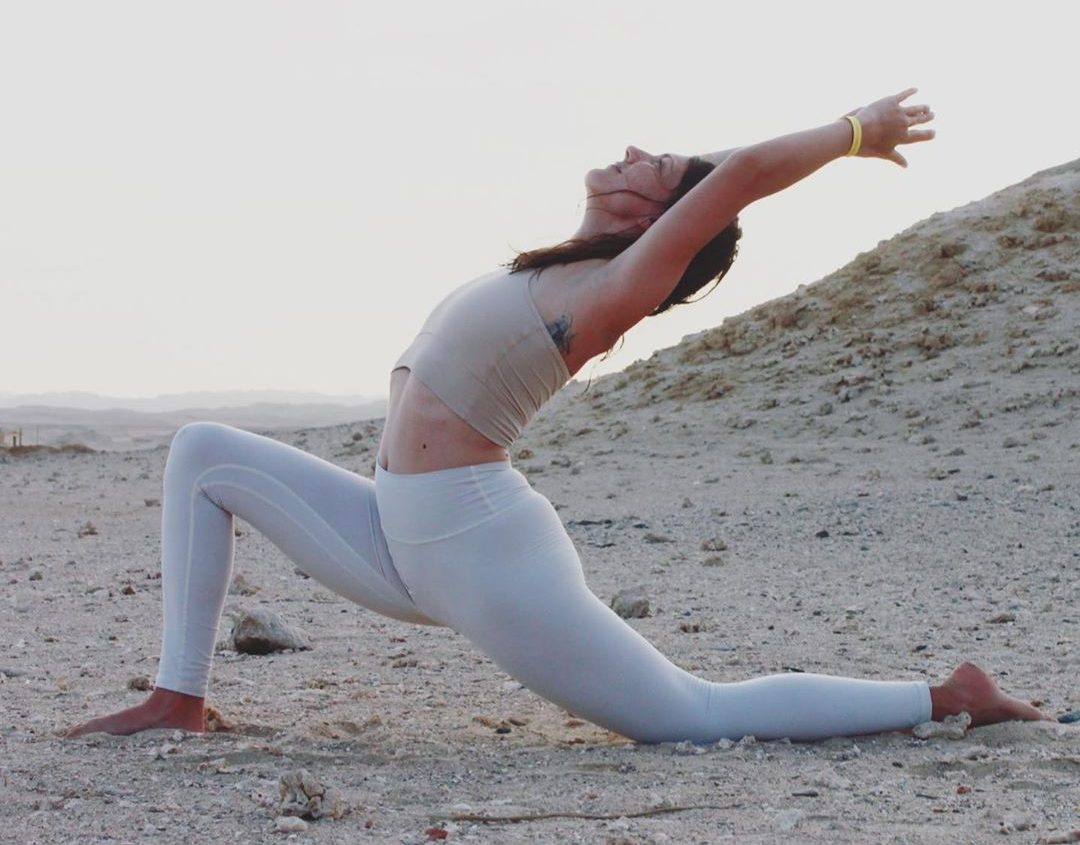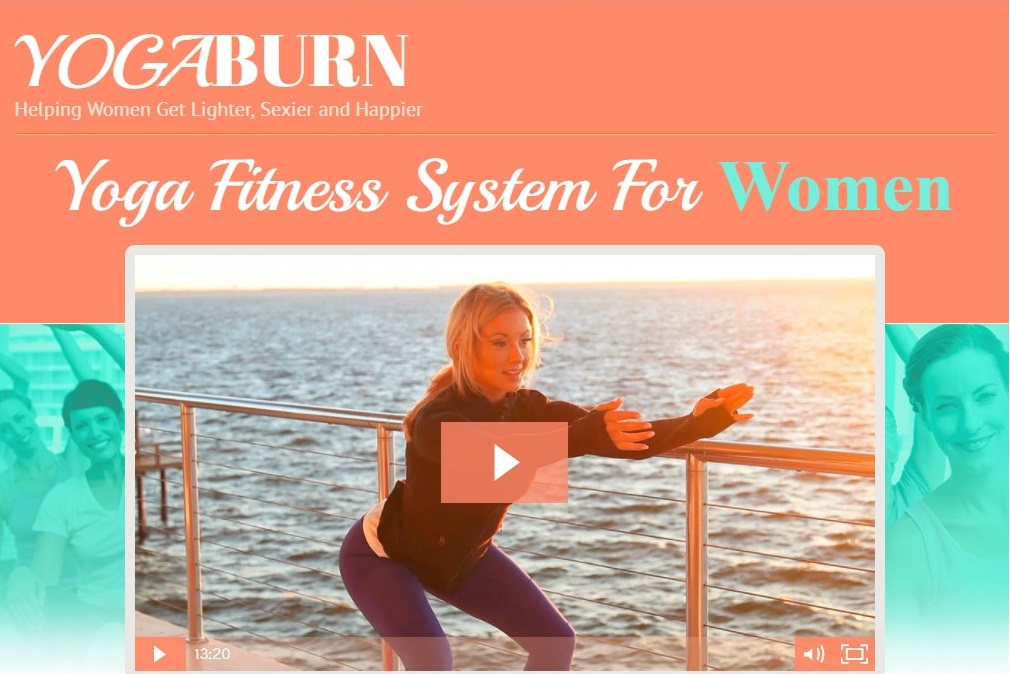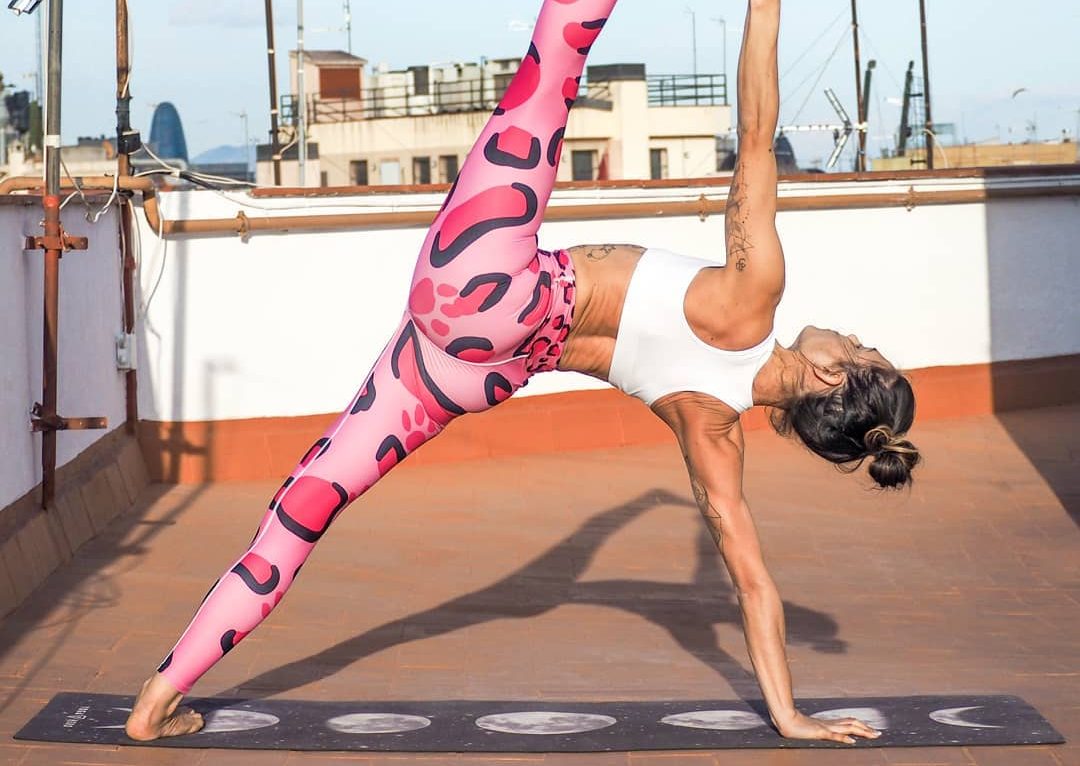Yoga and flexibility: no, you don't have to be flexible to do yoga!
You've probably already had this feeling of being stiff as a post when trying to touch your feet with your hands... And no doubt you observe all these hyper flexible yogis from time to time saying to you: "oulah yoga is not for me, I'm not flexible enough! "So today, I decided to talk to you about a subject that needs to be addressed once and for all: yoga and flexibility. Do you have to be flexible to take up yoga? Are you going to improve your flexibility as you go through the classes? And how can I help you do that? I tell you everything in this article!
Do you have to be flexible to get into yoga?
There is a widespread idea about yoga in the West: it is an activity that requires flexibility. As a result, many people repeat that they are not flexible enough to do yoga. They feel that because they don't have incredible flexibility, yoga is not for them! So it's time to put things in their place: "No, you don't need to be flexible to do yoga! ». No yoga teacher will stop you from staying in her class because you are not flexible enough. No student next to you will look at you sideways because you are not flexible enough. If you feel that you are "too stiff", your flexibility simply needs work. And don't worry, this will happen naturally during your sessions.
In fact, you were born with much greater flexibility than you have today. However, over time, our lifestyle makes us lose this mobility. We live sitting in chairs or lying down. Thus, on a daily basis, our body as a whole is little mobilized. This leads over the years to stiffen us. If you ever travel to Asia, you will find that people perform all kinds of activities close to the ground. They crouch down to work, they sometimes eat on the floor... Thus, Asians in general often have a much better flexibility since they work on a daily basis. This can be noticed as much in women as in men.
So, for sure, your lack of flexibility is not a hindrance to the practice of yoga but I will go even further... For me, it is because you are not flexible that you must start yoga! Not because you need to be able to do the splits to impress your friends, but because your body is made to be in motion. Indeed, our lack of mobility leads to blocking our energy, creating stiffness and tension, but also sometimes makes us suffer in the long run.
For many of us, yoga therefore appears to be vital in countering the harmful effects of our lifestyle.
Yoga and flexibility: why want to become flexible?
In fact, sometimes it's because you want to become more flexible that you sign up for your first yoga class. Often, it's because you think it's just pretty. Sometimes to flatter our ego. Maybe it's a bit of a weird motivation, but if it's the one that will get you to sign up for a yoga class and take care of yourself, then it's a perfect motivation! You will have plenty of time to understand all the benefits of this discipline beyond the gain in flexibility.
You may also get tired of feeling stiff and tell yourself that your body is capable of more. This is especially noticeable after a certain age. By working on your flexibility, you will have the impression of regaining vitality and rejuvenation. This will motivate you to continue your yoga practice. Indeed, by its nature, your body is made to allow you to move freely and fluidly. This is what you will notice during your sessions.
Personally, even if I didn't start yoga with the intention of gaining flexibility, I must admit that today, it's a feeling that I particularly like. To be able to stretch and move your whole body during each session gives us the feeling that your body regains its natural abilities and that you are doing it good. I feel like I've gained a more lively body!
Finally, it is often believed that yoga is just a sport (!!) useful to gain flexibility. Nevertheless, this definition is really reductive. Yoga consists of postures, it's true, but you can just as easily practice it without moving an inch. Through breathing, relaxation, meditation or even daily in your life, practicing Karma Yoga for example. This is also why a lack of flexibility should not prevent you from taking up yoga for a single moment.

Yoga and flexibility: women and men, a difference!
If there is one population that is reluctant to take up yoga because they feel too stiff, it is men. In fact, men are often less flexible than women and this is often repeated.
Nevertheless, everyone has their own facilities. In yoga, I notice that men will find it very easy to do balance postures, to do Chaturanga Dandasana (yogic pump) or to use it as a base in Acro-yoga. They have more stamina and are more able to perform postures that require strength.
However, besides that, they will have more difficulty in the postures of opening the hips or those that work the flexibility of the legs. All this is perfectly normal! Women's bodies are totally different from men's bodies. For example, their pelvis is not made the same way (especially because it does not have the same functions).
How to improve your flexibility with yoga?
First of all, you will notice that in yoga, we pay attention to our breathing, whether at the beginning of the class or during the various postures. In fact, it is always the breath that accompanies the movement, no matter what style of yoga you practice. Beyond the effects on your energy level, this allows you to relax your muscles more easily and therefore to work their flexibility more.
For example, if you bump into something or experience pain of any kind, you may notice that breathing deeply will help reduce the pain. In fact, when you hit something, you tend to stiffen and stop breathing. Coming back to it is very helpful to relax and loosen up the body.
On the other hand, in yoga, we will never work on flexibility by forcing. On the contrary, we accompany the body gently without ever pulling or rounding the back to gain a few centimeters at all costs. Even if this is probably what you've done so far or even what you've been advised to do in other activities, yoga will teach you to have a completely different relationship with your body. It is especially by working on flexibility that you will discover the difference. When you are gentle with it, your progress is better and you avoid injuries.
In addition, one of the common mistakes in flexibility exercises is that students want to stretch at all costs by going "somewhere". However, we forget that our stretching posture "starts somewhere". This starting point is just as important for gaining flexibility. It's the starting point that will allow us to expand and stretch more fully. For example, imagine stretching your left arm upwards and to the left. You will tend to lean your bust to the left side, which gives you the impression that the stretch is more intense. However, if you go back to the idea that the stretch starts from your starting point (your left shoulder in this case), you'll probably go less far, but you'll notice that the posture is much more active and that you stay centered.

In general, flexibility work in yoga will be easier with the use of equipment. For example, straps and bricks will be useful to help us work on our flexibility smoothly. Here again, the idea is not to force on our muscles, but to find a comfortable position while always keeping our back straight.
A good posture to help you work on flexibility will be one where you work enough to feel a stretch, but not too much either. If you're uncomfortable or feel pain, it's time to take a step back.
Finally, if you really want to work on flexibility, there are certain styles of yoga that will help you do so, such as Yin Yoga. However, all styles will certainly help you gain flexibility over time.
The benefits of flexibility work in yoga on the mind
Working on flexibility in yoga also has a purpose in our daily life. Indeed, when the body becomes supple, we notice that the mind also becomes supple. Thus, yoga will gradually teach you to take things more lightly and to let go more easily. Suddenly, the small concerns of life will seem less serious. A delay, a mistake, a last-minute change will seem like small things to you.
I believe that the advantage of working on flexibility is really to build a whole new relationship with your body. Little by little, you will learn to walk with it and not against it. You will be able to enjoy your little victories together and feel filled with gratitude for its incredible abilities.
Everyone will evolve at their own pace on their level of flexibility. For some, progress will be very fast while for others, it will seem slower. This is completely normal. Each body has its own experience, its specificities... Therefore, you should not make this gain in flexibility an essential motivation for your yoga session or a personal goal. If this is the case, just ask yourself why is it so important for you? And see what comes out of it. If flexibility is still difficult for you, you might as well focus on all the other benefits of yoga. And no doubt one day, after you've let go of that focus, you'll notice how much your flexibility has changed.

The field of flexibility in yoga is very broad. You could talk about it for hours and study it in many ways. I deliberately omitted to explain some postures to gain flexibility in this article. For me, the most important thing is to understand why we are trying to become more flexible and how we can achieve it. It is not all about the sequence of postures. But as is often the case in yoga, it is rather a state of mind that is cultivated. Feel free to share your experience of yoga and flexibility with me in the comments space.


